PPT-La Semana Santa
Author : pasty-toler | Published Date : 2017-06-02
the Holy week Por Heather Edgar Why is it celebrated Much like many countries around the world Easter is also celebrated in the Spanishspeaking world It is know
Presentation Embed Code
Download Presentation
Download Presentation The PPT/PDF document "La Semana Santa" is the property of its rightful owner. Permission is granted to download and print the materials on this website for personal, non-commercial use only, and to display it on your personal computer provided you do not modify the materials and that you retain all copyright notices contained in the materials. By downloading content from our website, you accept the terms of this agreement.
La Semana Santa: Transcript
Download Rules Of Document
"La Semana Santa"The content belongs to its owner. You may download and print it for personal use, without modification, and keep all copyright notices. By downloading, you agree to these terms.
Related Documents

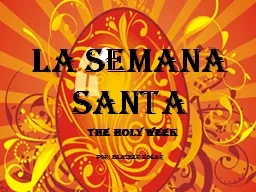
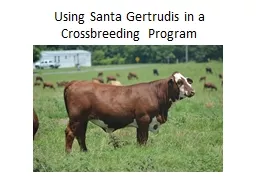

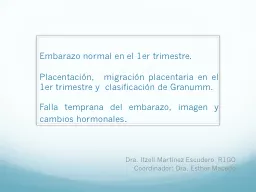

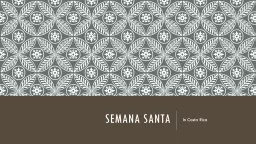





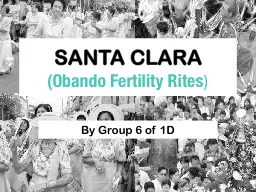

![[PDF]-Aprende C en un fin de semana (Aprende en un fin de semana) (Spanish Edition)](https://thumbs.docslides.com/989820/pdf-aprende-c-en-un-fin-de-semana-aprende-en-un-fin-de-semana-spanish-edition.jpg)